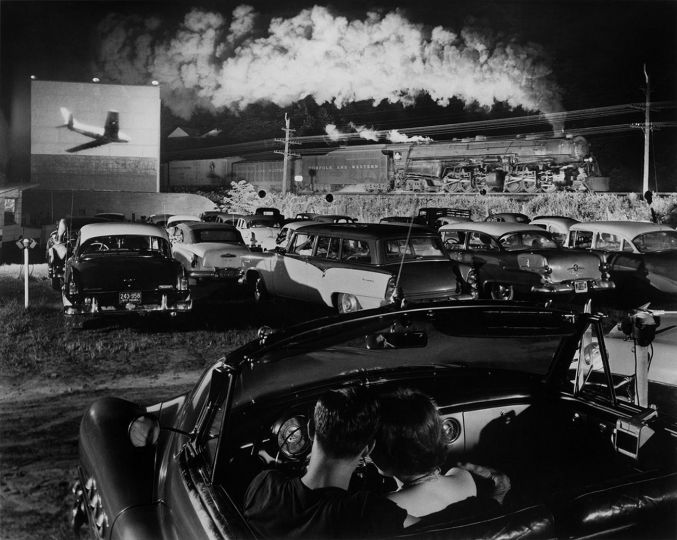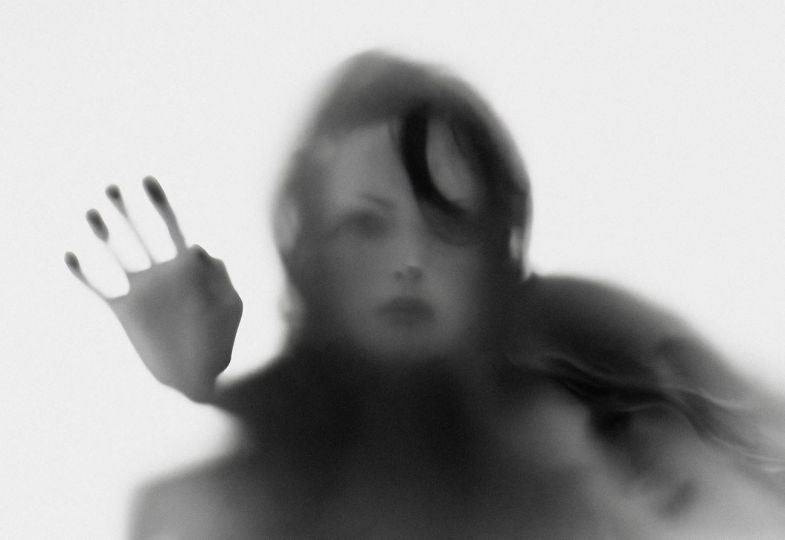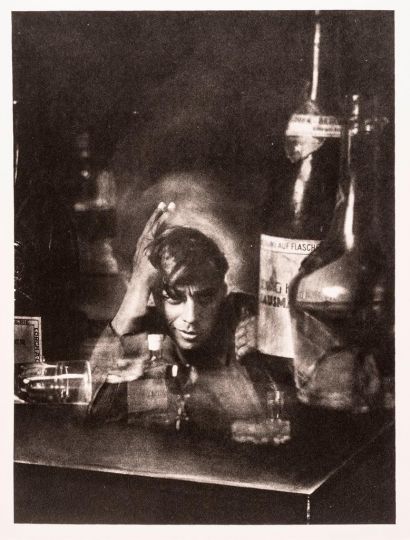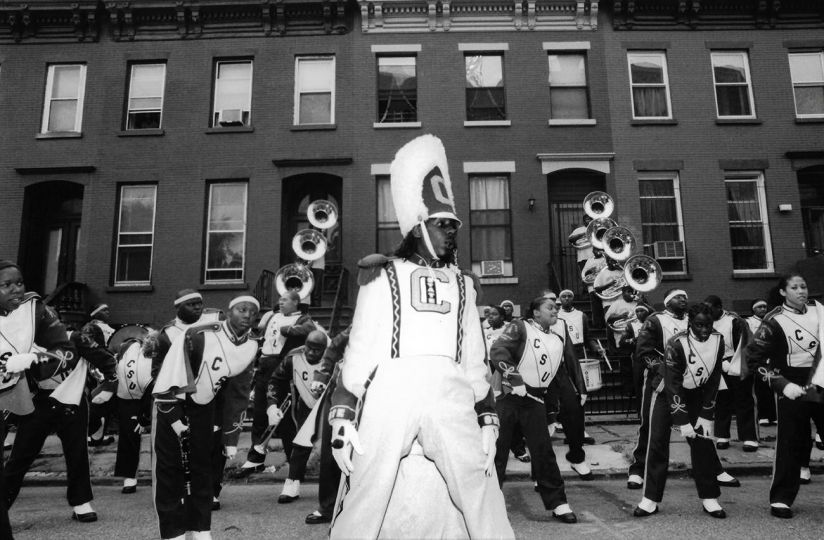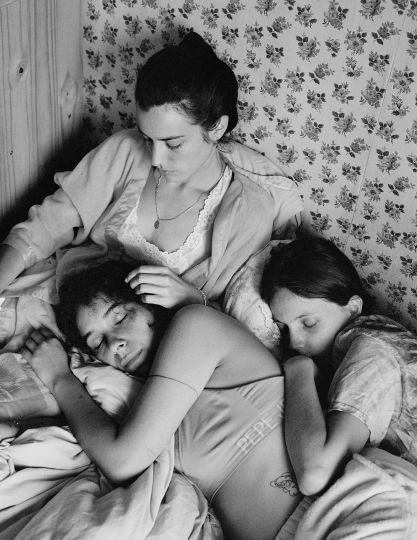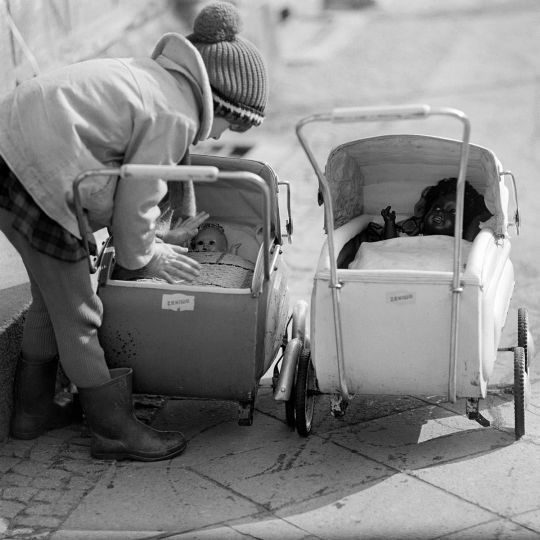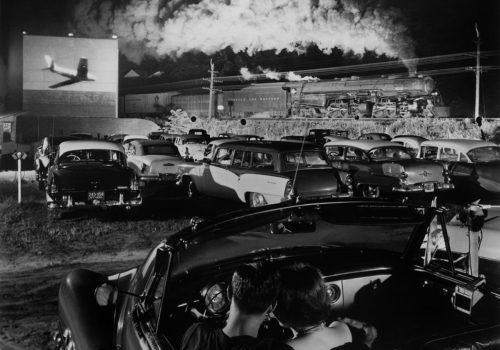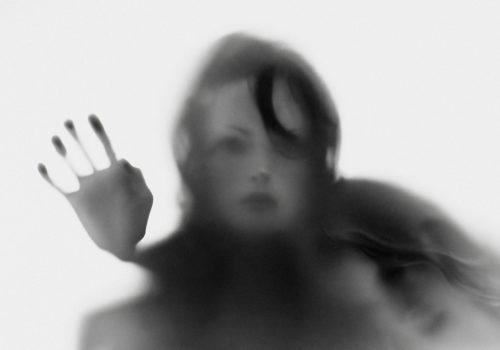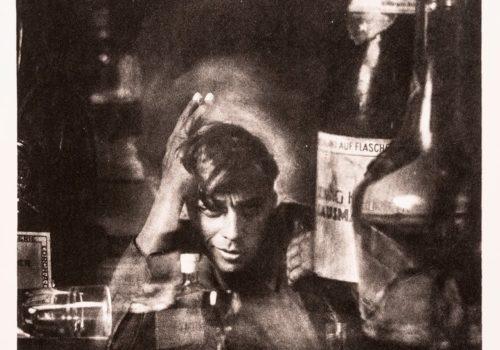Director of Visa pour Image, Jean-François Leroy discusses the reasons to maintain the festival, between support for photojournalists and the desire not to give up. Of this particular edition, he remembers above all what is positive and the innovations, notably the exhibitions and online screenings which bring new visitors to Visa all over the world.
Did the situation of photojournalists during lockdown motivate the continuation of Visa pour Image 2020?
JFL: The situation for photographers, which was already precarious, has become catastrophic with the confinement. People who haven’t traveled for three months have had no income for that entire period. At the same time, newspaper assignments have dwindled with the collapse of the advertising market. I know a lot of photographers who are in very difficult situations.
Much of the program for this 32nd edition was built during the pandemic. How did you go about building it in this very special year?
JFL: When we started working on the program, we weren’t sure we could do this edit. We therefore focused on choosing more timeless exhibitions, such as those of Chloé Sharrock, Victor Moriyama, James Whitlow Delano, Ian Willms or Elena Chernyshova. Their photos could be shown next year if we hadn’t been able to open to the public this year. And we refocused on current affairs in our projections so as not to throw exhibitions in the trash. Work like Emilienne Malfato’s on Iraq could no longer be seen next year.
The Covid-19 occupies an essential place in this 2020 edition. Have you received a lot of proposals?
JFL: Countless. Because this is the first time that the same event has affected all countries, all peoples, all regimes. With the Covid, photographers from all over the world have worked on the same subject. So inevitably there was a plethora of offers.
Was it difficult to choose between the proposals on this subject?
JFL: No. When you see the work of Peter Turnley, there is such empathy, such humanism in his photos, that it was easy to make up my mind. In addition, his work takes place in New York, one of the most important infectious hotspots in the United States. Empty Time Square is something I never imagined seeing in my life. We also wanted to take a world tour of the pandemic, with the Pandemic (s) exhibition in which we wanted to show the differences in views on similar events. Moreover, during the screening scheduled for Saturday, we will have a 13-minute block that will really tell the story of the epidemic around the world, notably through India, Colombia and Peru.
“I can’t do an exhibition every year on AIDS, on #MeToo, on tuberculosis in Eastern countries or on Ebola and measles in Africa. It’s in the projections. ” Jean-François Leroy
Have public subsidies to the festival been maintained in their entirety? Is the financial balance threatened by the defection of certain private partners?
JFL: The Ministry of Culture gave us an exceptional grant. We have lost some private partners, but also have obtained others, such as Orange or Google. All this made has made it possible to catch up with the defection of the former. Roughly speaking, we have the same budget as last year.
After three days of the festival, do you already have an idea of the attendance?
JFL: Not really. Saturday and Sunday were only 20% less than the first weekend of last year. Yesterday we had a bad day because it was back to school. But I can’t answer a question like that after three days. We have to wait until the end of the festival to have real figures.
In the coming years, will festival-goers be able to find exhibitions and screenings online again?
JFL: Yes. This will allow us to reach an audience that does not usually come to Perpignan. For example, I spotted a funny thing last week: we have a lot of entries coming from Indonesia. I don’t know why, but there has been a spike in registrations from this country.
Are you not afraid that with this technical possibility, Perpignan will lose festival-goers?
JFL: Not at all. What people love about Visa is that we touch each other, kiss, drink shots, chat. A projection at Campo Santo, with a 24-meter screen, and the same projection on a tablet, does not have the same value. There isn’t the same magic and I think everyone is going to be anxious to find it again.
Without the big evening screenings at Campo Santo, did it make sense to maintain Visa 2020?
JFL: I think so. When you look at everything that has been canceled, I’m glad we exist this year. A reporter told me, “It’s not as glittering a Visa as it usually is, but it’s a Visa anyway. This is what I remember. I don’t feel like we’re having half a festival.
Does the future of Visa pour Image necessarily lie in Perpignan? Touches with Barcelona were mentioned here and there …
JFL: Fake news! I had touches with French cities but I never had a single touch or contact with Barcelona. Coming back to Perpignan, as long as I don’t screw up, I don’t see why I would change. I have teams that have been there for 32 years and I have great places. My only red line is my editorial independence.
Julien Francois and Audrey Duquenne
https://www.visapourlimage.com/


